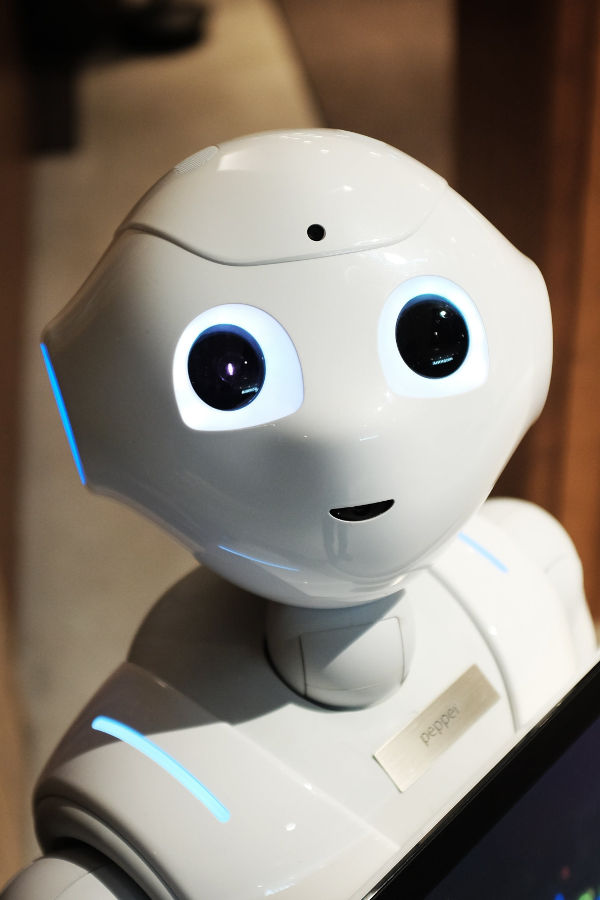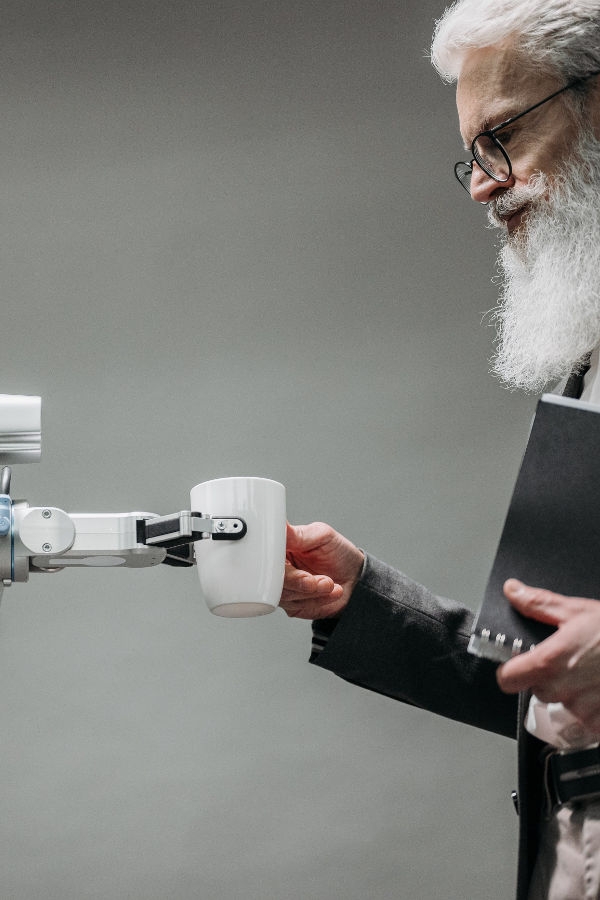Puoi iscriverti ai nostri corsi online in qualsiasi momento:
- Ti preghiamo di contattarci via chat su questo sito Web per concordare in anticipo una data di inizio pianificata delle tue lezioni per uno specifico corso online.
- Immediatamente dopo l'accordo preventivo, è possibile acquistare specifici corsi online concordati.
- Dopo l'acquisto, programmeremo l'inizio delle lezioni come precedentemente concordato e ti forniremo tutte le istruzioni necessarie.
Refer to "Purchases and Payments" section (collegamento) of the "Terms and Conditions" (collegamento).
Aggiornare le conoscenze e le competenze:
Se viene richiesto un aggiornamento, assumiamo che tu abbia già una buona comprensione dell'argomento in questione e ti concentreremo per aggiornare le tue conoscenze il più rapidamente possibile. Riceverai istruzioni uguali o più concise ed esercizi meno dispendiosi in termini di tempo, ma più avanzati. Questo ti permetterà di procedere a un ritmo a volte più veloce ed è quindi consigliato quando ci sono scadenze ravvicinate.
Impara con il tutor personale:
Se viene richiesto l'apprendimento con un tutor personale, ci assicuriamo che lo stesso tutor dedicato monitorerà attentamente i tuoi progressi nel corso online o nei corsi online specificati per i quali è stato richiesto il tutor personale. Ciò fornisce un tutoraggio più accurato, specifico per lo studente e altamente personalizzato: istruzione, motivazione, chiarimento dei concetti e assistenza per rafforzare l'apprendimento. Tuttavia, il tutoraggio personale può procedere a un ritmo più lento a causa delle sfide di programmazione che dobbiamo affrontare in quel momento ed è quindi consigliato solo quando non ci sono scadenze ravvicinate.




